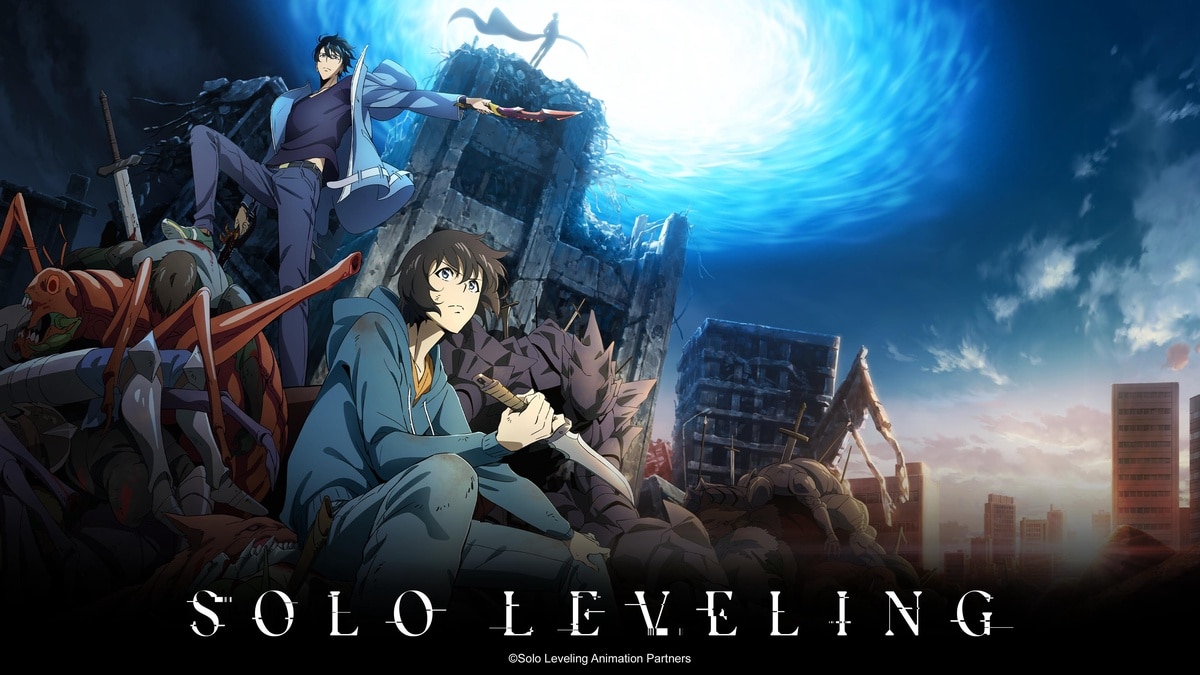The Korean webcomics battles are just heating up, with billion-dollar companies looking to expand from Korea to the US — and a possible acquisition of Tapas Media by Kakao in the works.
Many years ago, I remember talking to a friend who worked at the Big Two who complained that they didn’t take enough chances. We could both see that the graphic novel format was the way forward. Superhero publishers, my friend said “are big dinosaurs who don’t even see the mammals coming and stealing their eggs.”
Setting aside the fact that dinosaurs and mammals never coexisted outside of a Steven Spielberg movie, the metaphor is still apt when talking about print comics and the webcomics boom. Now, for many reasons long enumerated, I don’t see print comics ever going away in the US. People like to hold things in their hands! I stand by that.
However, the fact that Korean webcomics and US-content on a similar model —read via mobile app based portals like Webtoon and Tapas —are a huge and growing source of readers and revenue is something very much flying under the radar of the US market right now.
In 2019 Webtoon announced they had 100 billion views annually around the globe, with the US app having more than 55 million monthly active users, and more than 15 million daily readers. (The first number has since been upped to 70 million active users.) It’s a lot, but Webtoon – which is owned by Naver, the Korean version of Google — might still be dwarfed by Kakao, a rival Korean webcomics company which is planning an expansion into the North American market.
It’s all laid out in this eye-opening article from Bloomberg about Kakao’s plan to come to the US with an IPO which could leave the company valued at as much as $18 billion, double its current worth. Kakao was inspired by the March $4.8 billion IPO for Coupang, the Amazon of Korea, according to Kakao chief executive Lee Jinsoo.
Kakao is an internet platform that runs popular games and social media apps, in addition to its webcomics, making it hard to give it an easy “the ––––––– of Korea” descriptor. They also have a huge entertainment division. Kakao merged with Daum Communications in 2014, which is notable because Daum launched its own webcomics portal in 2003, making it the first webcomics company in Korea. Kakao/Daum also refer to their comics as “webtoons,” as it is a generic term in Korea.
Since then webcomics consumed via mobile phone apps have become the primary form of comics in Korea and, increasingly, throughout Asia. Here’s an article laying all that out with charts and graphs – webtoons make up 70% of the Japanese digital comics market. Webcomics are also the source for tons of Korean TV shows, but print comics are almost nonexistent in the country. And the digital comics model is spreading, according to Bloomberg:
Already, it’s winning fans in Japan, the world’s biggest comics market. The Piccoma manga app, owned by both Kakao Entertainment and its parent, was, in fact, the country’s most popular manga app last year. Its webtoon sales tripled last year to 414.6 billion won ($371 million). Kakao Entertainment-owned webtoons accounted for 40% of Piccoma’s sales according to the company.
“The Japanese digital comics market could triple in three to four years,” Hyundai Motor Securities Co. analyst Kim Hyunyong said, adding global digital comics and web fiction markets are expected to grow 30% annually.
Lee hopes to aggressively expand with their webcomics platform around the world — a goal only 10% reached he says. And to expand faster they are planning to spend about $889 million on acquisitions — including potentially Tapas, currently the #2 webcomic portal in the US, and Radish, a US based fast fiction app.
Now I know what you are saying: it’ll never happen here! But a few things to remember.
Korean culture is having a major moment in the US — Parasite and Minari for grownups, sure, but more importantly K Pop is fueling a large part of youth culture on social media and beyond. BTS and Black Pink are just the vanguard of this — it’s huge and endless. Just as Japanese culture is now mainstream, K-culture is here to stay.
Also, grownups have no clue how huge Webtoons is with the kids. I only know because I have a Webtoon backpack and when I wear it I am constantly being asked if I work for Webtoon or if I read them — always by people under 21. Webtoon does a vast amount of advertising on social media like Instagram to teens — advertising older comics readers don’t see because they are out of the demographic. And I’m sure there are more secrets to their success that are hidden from my Boomer X world.
But 70 million active users don’t lie. The mix of light comedy, romance, boy’s love, and fantasy on Webtoon, Tapas and other portals is immensely appealing to readers who like to hold something in their hand that is a mobile phone. It’s as different from the US model of comics as manga is, and like manga it’s worth examining how and why it connects with readers so successfully. In this case, because the content is purpose built for the platform (it’s very time consuming to convert webtoons to print) and relatable in short bursts.
Now I’m not saying that the kind of comics we mostly cover here at the Beat are going to go away. Or that the readers of those comics are out of touch. We have a very robust retail environment for physical comics in the US, and that market is being invested in even more. It’s here for the next while.
Kakao’s $18 billion valuation is probably big talk for an investment site, but I’ve heard from multiple sources that they are definitely coming to the US, and pumping even more money into the webcomics business. More comics for everyone, everywhere. It’ll be a good thing; just don’t be surprised when it looks a little different than you expected.








